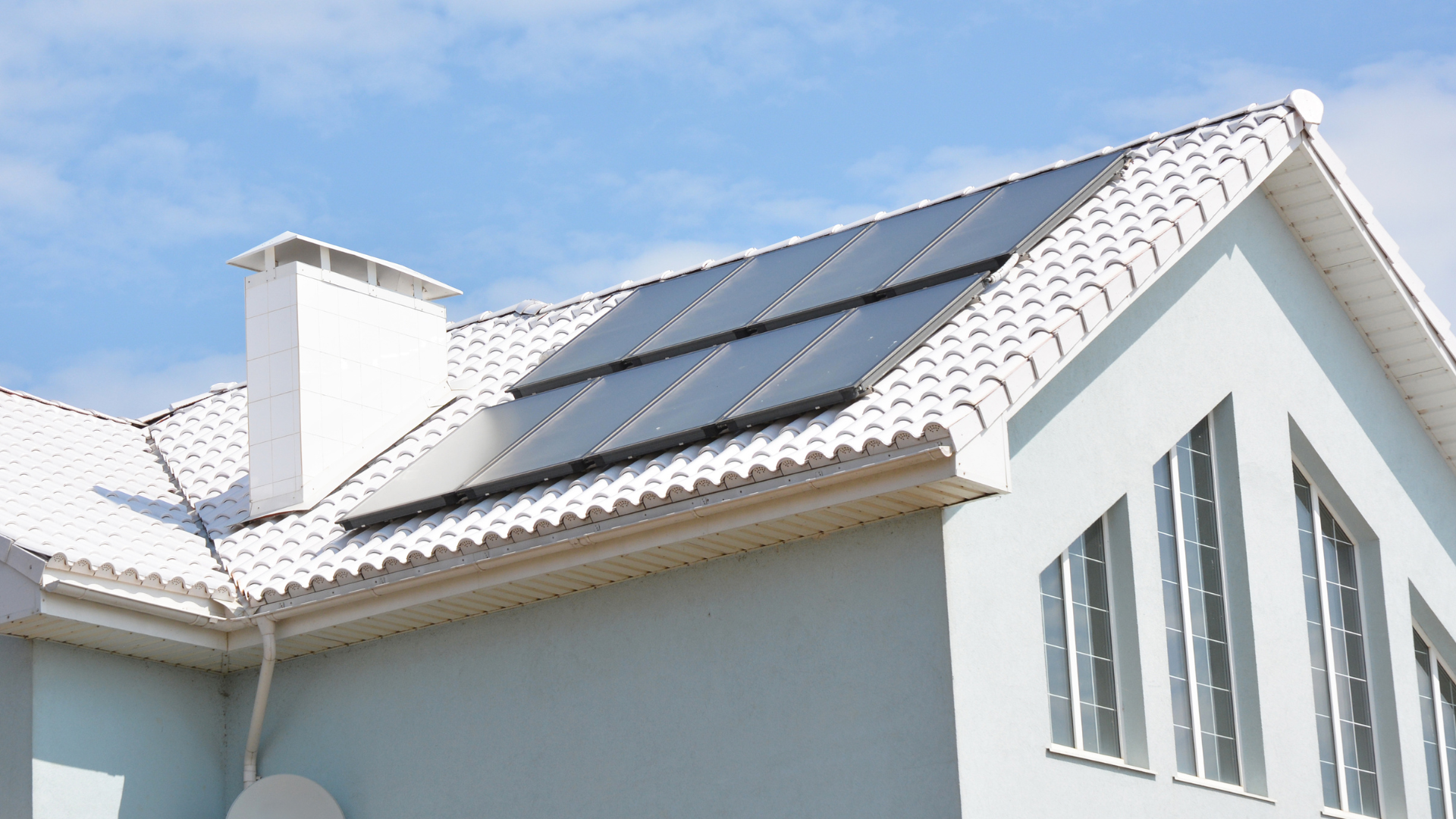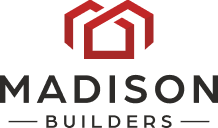How Much Does a Kitchen Remodel Cost in California?

Oftentimes, when we buy a home, the kitchen is a big part of the decision. Whether you want a more functional kitchen or you’re just looking to update your old kitchen, a kitchen remodel can be a game changer. However, one question that comes up frequently is, “How much will it cost to remodel my kitchen?”
In California, the cost of remodeling a kitchen can vary greatly. Your budget might play a big role in the choices you make for materials and appliances. This post will give you a general idea of what you might expect to spend on a kitchen remodel in California.
Breaking Down the Costs
Flooring
Flooring can range from $2 to $30 per square foot, depending on the material you choose. On the lower end, you have options like vinyl or laminate flooring. On the high end, you have luxury materials like hardwood or natural stone.
Vinyl or laminate flooring, although generally cheaper, might not last as long as you’d hoped. Their lifespan ranges from 10 to 20 years if well maintained. However, these materials can be a good option if you’re on a tight budget or planning on selling the house in a few years.
Hardwood and natural stone, while pricier, have a significantly longer lifespan. Hardwood floors can last for generations if properly cared for, while natural stone, like granite or marble, is virtually indestructible, often lasting as long as the house itself.
However, these high-end options come with higher maintenance requirements. Hardwood needs to be cleaned properly and sealed regularly, whereas stone flooring requires occasional professional cleaning.
It’s important to balance your budget considerations with your long-term goals and usage when choosing a flooring option for your kitchen remodel.
Cabinets
Cabinet costs can also vary widely, from $100 to $1,500 per linear foot. At the lower end, you’ll find stock cabinets available at most home improvement stores. These are usually made from particleboard or laminate.
Semi-custom cabinets, which allow for some customization in size and finish, tend to be mid-range in cost and are constructed typically from solid wood.
High-end custom cabinets, built specifically to your kitchen’s dimensions and your design preferences, can cost significantly more, but they’re made from superior materials and often come with a longer warranty.
Remember, the cost of cabinets doesn’t just include the cabinet units themselves. You’ll also need to account for installation, which can add anywhere from 25% to 50% to the overall cost. Additionally, choosing unique or premium finishes can also increase the price.
When selecting cabinetry, consider both your aesthetic preferences and your storage needs. While stock cabinets may be more cost-effective, they may not offer the flexibility or quality of semi-custom or custom options.
Appliances
The type and quality of appliances you choose can greatly impact your remodel costs as well. Standard appliances, such as a basic stove or refrigerator, can start from a few hundred dollars each. Premium appliances from high-end brands, however, can cost several thousand dollars each.
If you’re a serious home cook or love to entertain, investing in high-quality or smart appliances might be worth the additional cost. For example, a high-end range with advanced features like dual fuel or convection cooking can greatly enhance your culinary experience. Similarly, a larger refrigerator or one with specialized storage compartments can make food prep and storage more efficient.
While these options can be expensive upfront, they often offer greater overall value in the long run through improved performance, energy efficiency, and longevity.
On the other end, if your kitchen use is more casual and you have a tighter budget, basic but reliable appliances will adequately meet your needs without breaking the bank.
Lastly, think about the layout of your kitchen and how your appliances will fit within it. Your available space might dictate the size and type of appliances you can accommodate. Also, consider the placement of appliances in relation to the overall workflow of your kitchen. For example, the “kitchen triangle” concept suggests that the refrigerator, stove, and sink should be arranged in a triangle for optimal efficiency.

Countertops
Countertop costs can range from $20 to $200 per square foot, depending on the material. Laminate countertops are on the lower end of the cost spectrum and are both durable and easy to maintain.
However, if you’re looking for a more upscale look, materials like quartz, granite, or marble countertops might be more to your liking. While these options are more expensive, they are also more resistant to heat, staining, and scratches.
There’s also the option of butcher’s block countertops for a warm, rustic appeal. While this material requires regular maintenance to prevent bacterial growth and warping, it provides a sturdy and functional work surface that can also double as a cutting board.
High-end materials like stainless steel or concrete are also available, providing a sleek and modern aesthetic. These materials are both highly durable and resistant to most types of damage, but they can be quite pricey and may require professional installation.
Keep in mind that the total cost for countertops will also include factors like thickness, edge style, and any cutouts for sinks or appliances. It’s also worth considering that higher-end materials can often increase the overall value of your home, which can be a significant advantage if you’re planning to sell in the future.
Paint
Quality paint can cost anywhere from $30 to $70 per gallon. Depending on the size of your kitchen and the amount of paint needed, you might spend between $200 to $400 just in paint.
Different types of paints have varying degrees of longevity and resilience, which can influence your choice based on your kitchen’s specific needs. For instance, high-gloss paints offer a shiny finish and are highly durable and easy to clean, making them ideal for kitchen walls that are subjected to moisture, grease, and other stains. However, they can highlight wall imperfections, and their higher price point might make them less appealing if you’re on a tight budget.
On the other hand, satin or semi-gloss paints provide a smooth finish with a bit of shine, offering a good balance of aesthetics, durability, and cost. They are also easy to clean, though not as much as high-gloss paints.
Flat or matte paints offer an appealing, non-reflective finish that can hide wall imperfections better than glossier options. However, they are less resistant to stains and harder to clean, which is worth considering in a kitchen setting.
In terms of longevity, higher-quality paints tend to last longer without needing to be repainted. They are usually more resistant to fading, staining, and wear, which can save you time and money in the long run. It’s important to consider your lifestyle, cooking habits, and the amount of use your kitchen gets when choosing a paint type.
For color choice, lighter colors can make a room feel larger and brighter, while darker colors can add depth and cozy warmth. Keep in mind that certain colors may show stains or wear more easily. A popular choice is to choose a neutral color for the main areas of the kitchen and add pops of color with accents or accessories.
The type of paint finish can also affect the overall look of your kitchen. A glossy finish can create a modern, sleek look, while a matte finish can give a more traditional, cozy feel. Consider the overall style of your home and the look you want to achieve when choosing a paint finish.
When it comes to purchasing paint, remember that more expensive doesn’t always mean better. It’s worth doing some research to find a high-quality paint that fits within your budget. You can also ask for recommendations from your contractor or other trusted sources.
Ultimately, the paint you choose is a significant part of your kitchen remodel. It can drastically alter the appearance and feel of your space, and its longevity and durability can impact the overall maintenance of your kitchen. A mindful selection considering all these factors will help you make a choice that you will be satisfied with for years to come.
Lighting
Lighting is another important aspect of a kitchen remodel to consider. The right lighting can enhance your kitchen’s functionality and aesthetic appeal. Different types of lighting serve various purposes in a kitchen.
Ambient lighting provides general illumination for the kitchen, creating a warm, welcoming atmosphere. This can come from ceiling-mounted or recessed fixtures, or even a chandelier in a larger or more formal kitchen.
Task lighting focuses light in areas where you need it most for specific tasks, like prepping and cooking food. This would generally be under-cabinet lighting that illuminates the countertops.
Accent lighting can highlight certain features in your kitchen, such as open shelving, artwork, or architectural details. This could include track or spotlights that can be adjusted to direct light at specific areas.
In addition to the type of lighting, you also need to consider the color temperature of the lights. Warm white light provides a cozy and inviting atmosphere, while cool white light is more energizing and can make your kitchen feel more spacious.
Dimmable lights can also be a great feature to consider. They give you the flexibility to adjust the light intensity depending on the time of day or the activity you are engaged in.
LED lights are highly recommended for kitchens due to their energy efficiency and long lifespan. While they can be more expensive initially, they can save you money over time on your energy bills and replacement costs.
Choosing a mix of different lighting types can allow you to customize your kitchen’s ambiance to suit your mood and activities. Just make sure all lighting fixtures complement the overall style and design of your kitchen.
Consider consulting with a lighting designer or professional remodeler to ensure you’re efficiently utilizing the space and creating an optimal lighting layout. Remember, good lighting is more about function than form – it’s not just about aesthetics, but also about making your kitchen a safe and comfortable space to work in.

Balancing Budget and Quality
Finding a balance between budget-friendly and high-end materials can be a challenge. However, it’s possible to mix and match materials and appliances to find a balance that suits your personal taste and budget. Remember, remodeling your kitchen is an investment in your home, but it’s also important to create a space that you love.
One approach to striking the balance between budget and quality is to prioritize the aspects of your kitchen remodel that are most important to you. For instance, if you frequently cook and bake, investing in a high-quality oven may be a must, while you could opt for more affordable options for areas such as flooring or paint.
On the flip side, if you’re an avid host and your kitchen serves as a social hub for friends and family, it might be worthwhile to splurge on a beautiful island countertop, while saving on appliances that won’t be used as frequently.
Another tip is to consider the long-term value of the materials and appliances you choose. While some options may be more expensive initially, they may offer better durability or longevity, saving you costs in the long run.
Also, remember to include a cushion in your budget for unexpected or hidden costs that may arise during your kitchen remodel. This may include things like electrical or plumbing updates that weren’t initially accounted for, or potential structural issues that could occur during the renovation process.
Lastly, working with a skilled contractor or designer can be a great help in balancing your budget and quality. They can provide valuable insight into where to invest your budget and where savings can be found, potentially bringing you closer to the kitchen of your dreams within your specified budget.
Deciding to remodel your kitchen is a big decision, but with careful consideration and planning, you can achieve the perfect balance between cost and quality.
As you can see, the total cost of a kitchen remodel in California can be influenced by numerous factors, including the materials you choose, the size of your kitchen, and your personal preferences.
To get a more accurate estimate for your remodel, it’s generally best to consult with a professional contractor who can provide detailed cost breakdowns based on your specific requirements and preferences. Before making any decisions, you might want to consider seeking multiple quotes and doing some additional research on the average cost of kitchen remodels in your local area.
Remember, while the initial upfront cost might seem daunting, a kitchen remodel is an investment. Not only can it enhance your personal comfort and enjoyment of your home, but it can also significantly increase the overall value of your property.
In the end, what matters most is creating a kitchen that caters to your needs and lifestyle, whether that’s with high-end, luxury materials or more budget-friendly options your new kitchen is sure to be a space you’ll enjoy for years to come.
Recent Posts
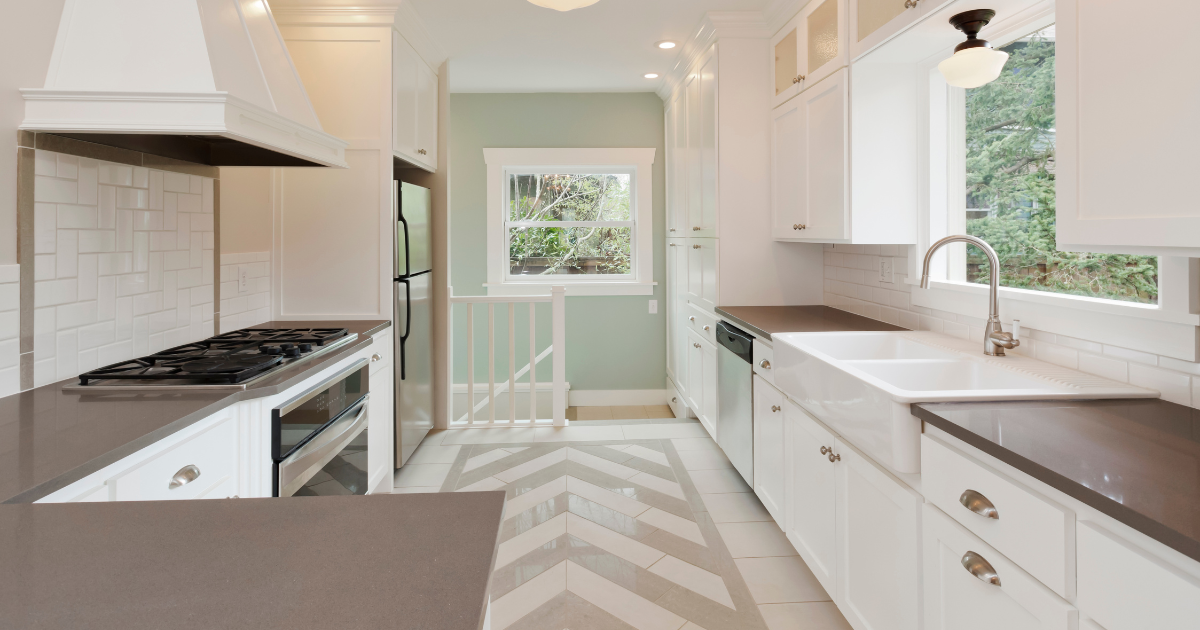
Kitchen Remodeling Company,
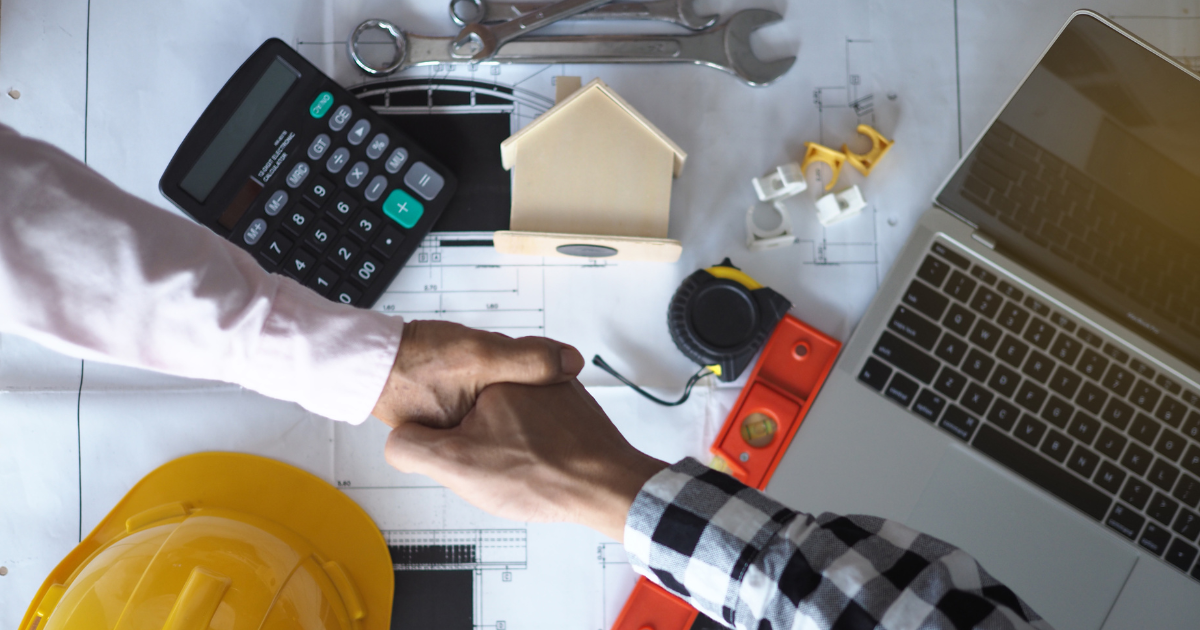
Home Renovator, Remodeling
